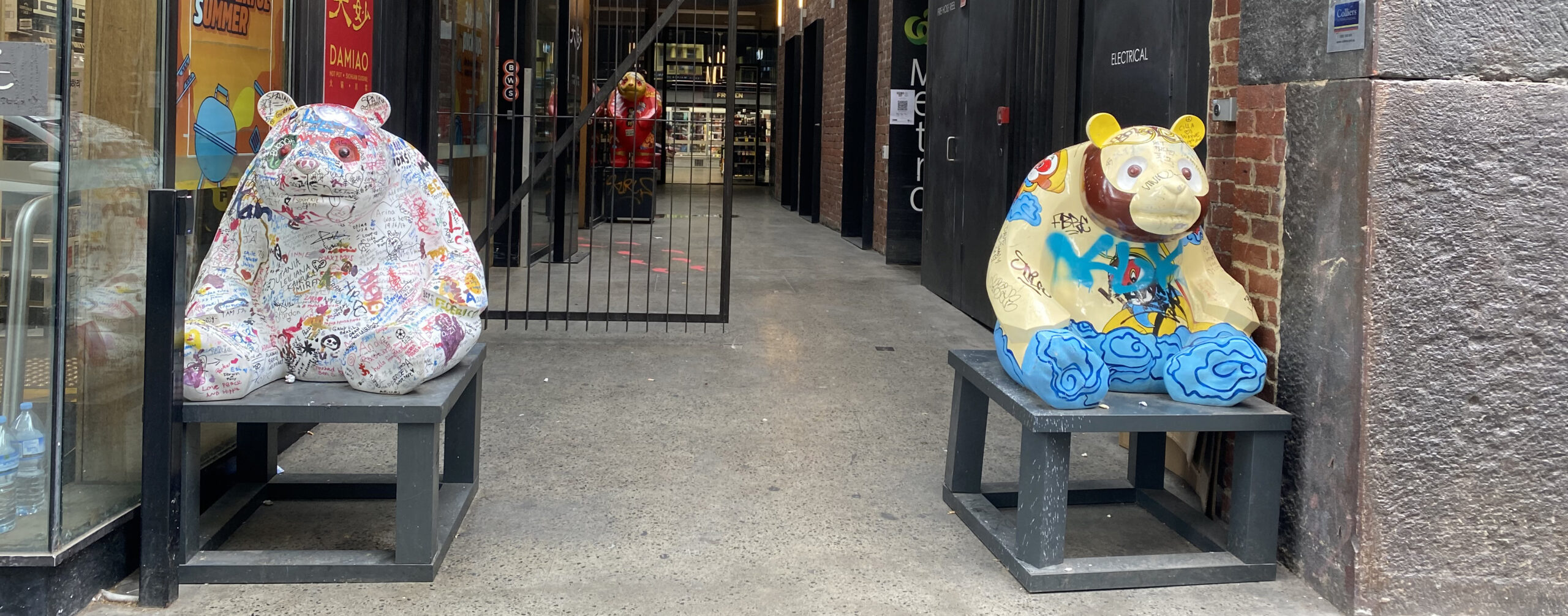had profound consequences for human society. However, the pandemic’s reach extends beyond our species, affecting various aspects of the natural world and the non-human animals that inhabit it. This essay explores the multifaceted effects of COVID-19 on non-human animals, shedding light on the complex interplay between human activities, environmental dynamics, and wildlife.
- Zoonotic Origins
COVID-19’s origins as a zoonotic disease highlight the interconnectedness between humans and animals. The virus likely originated in bats, with intermediate hosts potentially including pangolins. This zoonotic transmission underscores the importance of studying and understanding the dynamics between humans and wildlife to prevent future pandemics. It has sparked increased scrutiny of wildlife trade and the exploitation of animals for various purposes, with many countries implementing stricter regulations to reduce the risk of future zoonotic outbreaks.
- Wildlife Conservation
The pandemic has had both positive and negative impacts on wildlife conservation efforts. On one hand, lockdowns and travel restrictions reduced human activity in certain areas, providing temporary respite for some wildlife populations. Reduced pollution levels and habitat disturbance led to improvements in air and water quality in some regions. On the other hand, the economic fallout from the pandemic has resulted in reduced funding for conservation programs, making it challenging for many organizations to protect endangered species and their habitats.
- Shifts in Animal Behavior
Non-human animals have adapted to the sudden changes in human activity during the pandemic. Reduced human presence in urban areas allowed some wildlife to explore new territories. For instance, urban-dwelling animals like raccoons and coyotes were spotted in unexpected places, showcasing their adaptability. Conversely, the closure of ecotourism destinations and wildlife reserves has impacted animals reliant on food provisioning by tourists. These changes in animal behavior highlight the resilience and adaptability of wildlife in response to shifts in human activity.
- Impacts on Domestic Animals
The pandemic’s effects on domestic animals have been significant. With lockdowns and stay-at-home orders, many people turned to pet adoption, leading to increased demand for pets. While this provided a welcome change for shelter animals, it also resulted in concerns about the welfare of pets post-pandemic, especially when owners return to their pre-pandemic routines. Additionally, disruptions in the supply chain led to challenges in obtaining pet food and veterinary care.
- Research on Animal Models
Non-human animals have played a crucial role in COVID-19 research. Laboratory animals, such as mice and ferrets, have been used to study the virus, test vaccines, and develop treatments. These studies have contributed significantly to our understanding of the virus and its potential treatments. However, ethical concerns surrounding the use of animals in research persist, and the pandemic has reignited discussions about the necessity and ethical considerations of such experiments.ConclusionThe COVID-19 pandemic has demonstrated the intricate relationship between humans and non-human animals. From zoonotic origins to shifts in behavior and impacts on domestic animals, the effects of the pandemic ripple through the natural world. As we continue to navigate these challenging times, it is essential to consider the welfare and conservation of non-human animals in our response to the pandemic. Moreover, the pandemic serves as a stark reminder of the importance of addressing the root causes of zoonotic diseases and preserving biodiversity to prevent future crises that could harm both humans and the animal kingdom.

